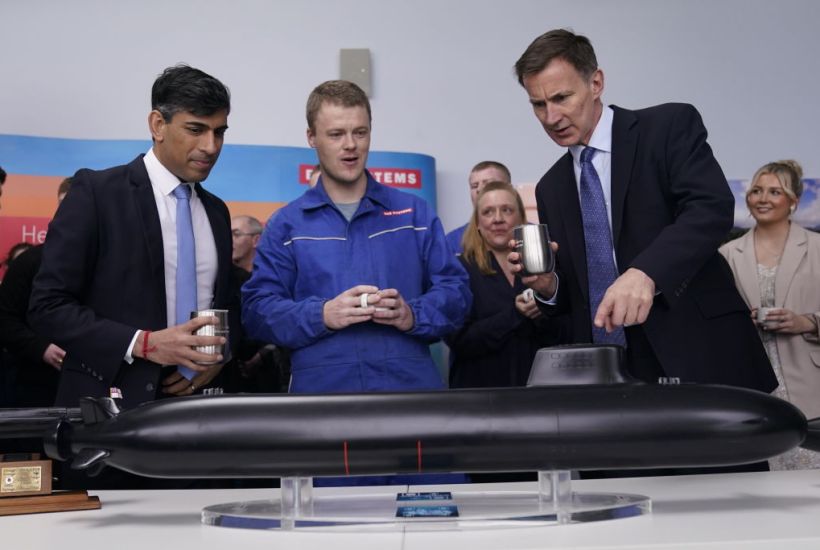The prime minister is in Cumbria today, visiting Barrow-in-Furness to announce a ‘national endeavour’ to support the defence and civil nuclear industry. This includes a partnership with companies including BAE Systems, Rolls-Royce, EDF and Babcock to invest more than £760 million in skills, jobs and education over the next six years.
Already a subscriber? Log in
Subscribe for just $2 a week
Try a month of The Spectator Australia absolutely free and without commitment. Not only that but – if you choose to continue – you’ll pay just $2 a week for your first year.
- Unlimited access to spectator.com.au and app
- The weekly edition on the Spectator Australia app
- Spectator podcasts and newsletters
- Full access to spectator.co.uk
Or




















Comments
Don't miss out
Join the conversation with other Spectator Australia readers. Subscribe to leave a comment.
SUBSCRIBEAlready a subscriber? Log in